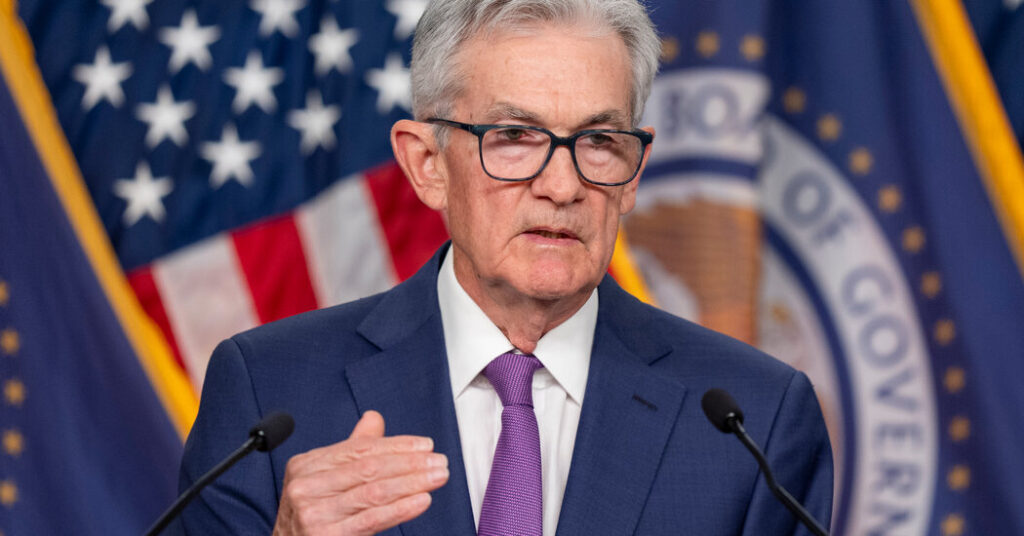The Federal Reserve is contemplating when and the way a lot to chop rates of interest, and the employment report on Friday will give policymakers an up-to-date trace at how the economic system is evolving forward of their subsequent coverage assembly.
Fed officers meet on March 19-20, and they’re broadly anticipated to go away rates of interest unchanged at that gathering. But traders assume that they may start to decrease rates of interest as early as June, a view that Jerome H. Powell, the Fed chair, did little to both strongly verify or upend throughout his congressional testimony this week.
“We’re waiting to become more confident that inflation is moving sustainably to 2 percent,” Mr. Powell advised lawmakers on Thursday. “When we do get that confidence, and we’re not far from it, it will be appropriate to dial back the level of restriction.”
The Fed is primarily watching progress on inflation because it contemplates its subsequent steps, however it is usually maintaining a tally of the labor market. If job progress is robust and the labor market is so sturdy that wages rise shortly, that would hold value will increase larger for longer as firms attempt to cowl their prices. On the opposite hand, if the job market begins to gradual sharply, that would nudge Fed officers towards earlier rate of interest cuts.
For now, unemployment has remained low and wage progress has been strong — however not as robust because the peaks it reached in 2022. That has given Fed officers consolation that the provision of employees and the demand for brand new workers is coming again into stability, even with no painful financial slowdown.
“Although the jobs-to-workers gap has narrowed, labor demand still exceeds the supply of available workers,” Mr. Powell mentioned this week.
If the latest progress in restoring stability continues, it may enable the Fed to drag off what is usually referred to as a “soft landing”: a state of affairs wherein the economic system cools and inflation moderates so the Fed can again away from aggressive rate of interest coverage with no recession.


